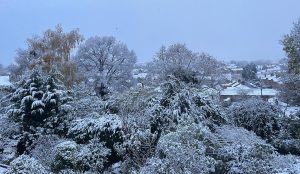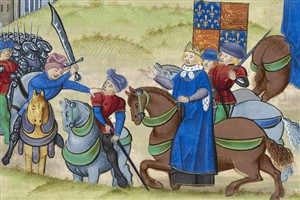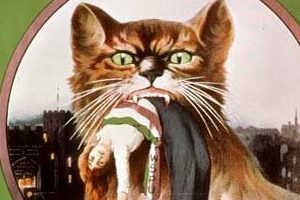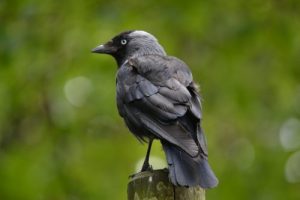
JACKDAWS – A FASCINATING CROW
During the summer, the jackdaws that flew overhead every morning towards the Malvern Hills and then back every evening to roost, entranced me. I started counting them and checking see what time they made their flight back. What I realised was that it wasn’t time that called them home to roost, but the setting sun; if it was a dark, grey evening, then they would roost earlier than if it was a sunny one.
They changed their flight patterns too, dividing into groups going in slightly different directions, so it wasn’t always easy to keep track, but I did persevere and reckon we had about 50 during the peak of summer.

This ‘huge’ number was put into perspective in September, when we went on holiday to St Dogmael’s in West Wales. We rented a cottage overlooking the estuary of the River Teifi and the views were beautiful and full of birdlife.
My holiday was made when I noticed that there were hundreds, and I do mean hundreds, of jackdaws flying over morning and evening. What fascinated me most was that the early birds would start to arrive at sundown, and perch on the telephone wires calling to their comrades until all were safely gathered. As the sun finally set, they would disappear en masse, into the woods behind the cottage to roost, until the next morning when they would gather on the wires again before going their separate ways.
This inspired a short poem, which, as has become tradition, I sent on a postcard to my writing buddy, Paula McClements. I have included it below, but don’t expect a masterpiece; my poetry is very simplistic.
Jackdaws on the Teifi
The Afon Teifi’s tide is in
Curlews and geese have taken flight
Ducks and egrets have head under wing
But jackdaws wait until all are in sight
This way and that they clatter overhead
Screeching and calling, it’s time for our bed
Until, all of a sudden, they vanish from view
Thank goodness, I sigh, they’ve gone to roost too.
Now, it’s time for a few Jackdaw Facts:
They are the smallest member of the crow family, measuring 34cm long, with a wingspan of 70cm and weighing 220g.
They are black with a light grey nape and pale white iris. Young birds are born without the grey nape and with blue-grey eyes, which change to brown in the first winter and then to white once they gain their adult plumage.
A flock of jackdaws is called a “clattering” or a “train”.
There are 1.4 million pairs resident in the UK.
Like the rest of the crow family, they are at home in woodland, farmland and urban landscapes. The world is their oyster!
They are highly intelligent, social creatures, and can often be seen working out how to access bird feeders. This intelligence helps them to survive in the urban environment.
They are colonial cavity nesters. Colonial means that they nest and breed in close proximity, as a group. Cavity nesters build nests, lay eggs and raise young inside sheltered chambers or cavities. Jackdaws will use any construction with a cavity, e.g. a hole in a tree, a chimney or even an owl box.
Jackdaws use sticks to construct the outside of the nest and then line them with wool or hair.
Like many of the crow family, jackdaws form strong pair bonds with their mates and are devoted to their chosen partner, even if unsuccessful at breeding.
They breed between April and July and only have one brood per year. Their eggs take 20 days to incubate and the chicks fledge at 32-33 days.
Jackdaws roost and feed together. They will often encourage others to come along to a good feeding source.
Their food depends on location and they have a varied diet. They eat seeds, fruit and invertebrates (animals with no backbone, e.g. insects, worms, slugs). They will pick at road kill, like other members of the crow family, and may even take other birds’ eggs.
The sound of the jackdaw is a simple “jack-jack”. However, some people have been successful in teaching them to make different sounds.
The Jackdaw in Literature
My article wouldn’t be complete without a link to books and words and it has been quite a challenge finding reference to jackdaws in literature.
Probably the most well known is the quote right at the start of Shakespeare’s “Othello”, when Iago says he will pretend to be what he is not and if Othello and his loyal men knew his real feelings, they would tear him apart, just like birds.
“But I will wear my heart upon my sleeve
For daws to peck at: I am not what I am”
The second one comes courtesy of TJ and one his childhood books.
Fred Kitchen was a farm labourer and writer (1890-1969) who wrote about animals and the countryside. A jackdaw features in one of the stories in a book called “Jesse and His Friends”. The chapter is called “Jesse and his Jackdaw”, and tells about Jesse and his tame jackdaw who was “almost as popular in the village as Jesse himself”.
I hope my article has whetted your interest in these cheeky birds.
It is worth checking out YouTube for jackdaws making different noises, playing with dogs and cats and feeding from the hand – often kept as pets, they are incredibly intelligent and versatile.
A couple of useful websites if you want to find out more are:
As usual, any comments are very welcome.
© Janice Tyler, 2018

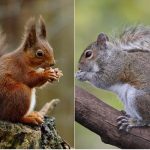 Previous Post
Previous Post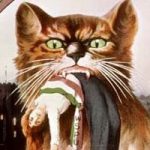 Next Post
Next Post